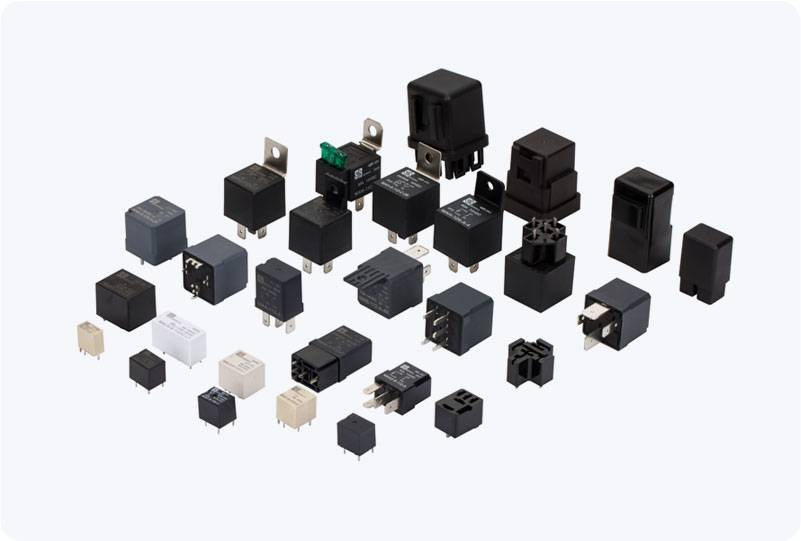In recent years, smart home devices have become an essential part of modern living. As technology continues to evolve, more devices are being created to make our lives more convenient, efficient, and secure. One such innovation that is revolutionizing home automation is the Google Home Compatible Relay. This device serves as a bridge between your smart home gadgets and Google’s voice assistant, enabling you to control a wide array of household appliances through simple voice commands. In this article, we’ll dive into what the Google Home Compatible Relay is, how it works, its benefits, and why it’s an excellent addition to any smart home setup.

What is a Google Home Compatible Relay? A Google Home Compatible Relay is a hardware device designed to integrate with Google Assistant, the voice-activated assistant powered by Google Home devices. Essentially, it acts as a relay station between Google’s cloud-based service and the physical devices in your home. By pairing a compatible relay with your existing home automation system, you can use voice commands to control connected devices like lights, fans, doors, security systems, and much more. These relays are typically Wi-Fi-enabled and can be controlled via the Google Home app or any Google Assistant-powered device, such as Google Nest speakers or smartphones. The device allows you to automate routine tasks, such as turning on lights when you walk into a room or adjusting the thermostat at specific times of the day.








